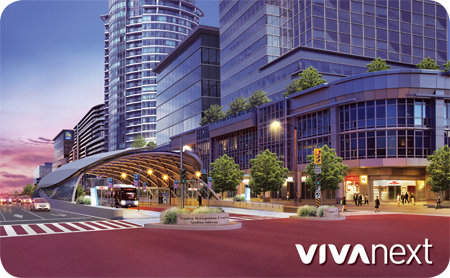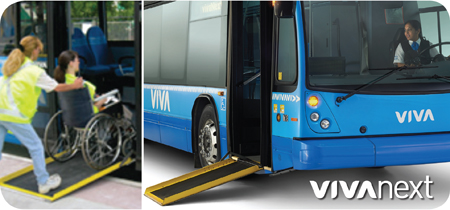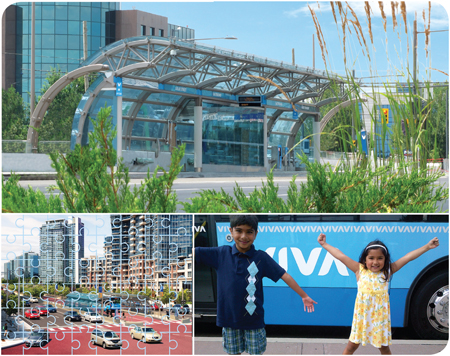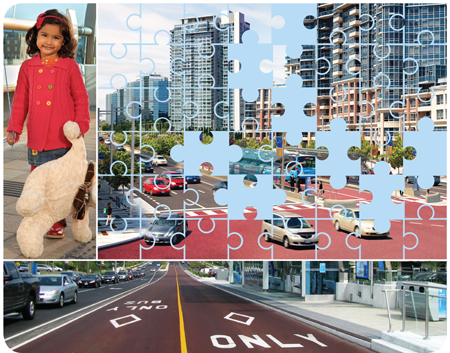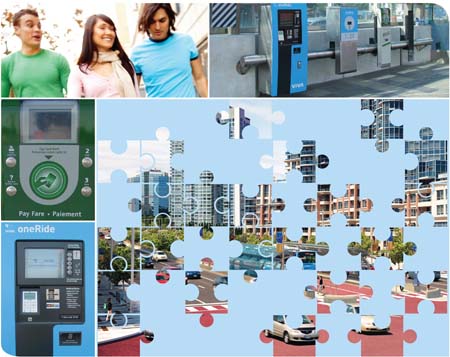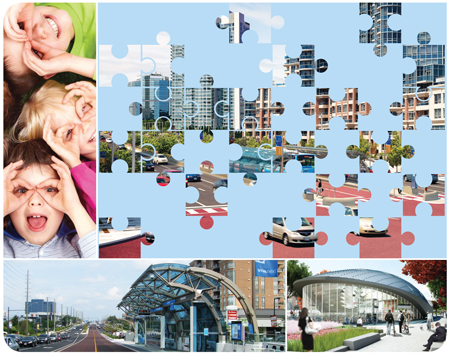If you’ve ever watched a new subdivision get built, you know how fast the work seems to advance. Crews install utilities, build rough roads, and before you know it there’s an entire subdivision ready for families. But building a new roadway in a densely built-up area is a completely different challenge: the work seems to go on for a long time, and progress is hard to detect unless you know what you’re looking for.
We’ve been working flat-out on Davis Drive for a year now, with dozens of complex activities underway or completed from Yonge to Leslie. Even so, most of our effort so far has been about clearing the way, rather than constructing a rapidway and stations.
That’s the predictable reality of modernizing our roads and revitalizing Newmarket’s infrastructure, but it’s worth explaining why we can’t get going on roadway construction until these steps are completed.
A key work priority has been to build retaining walls to enable the road widening along the hilly contours of Davis Drive, with that work now nearing completion.
And like all major thoroughfares, the foundations of the existing Davis Drive roadway are literally lined along both sides with existing critical infrastructure carrying water, telecommunications, gas, storm sewers and sanitary sewers. Much of this infrastructure crosses the road at intervals and in many cases the various utilities are stacked up in multiple layers. In addition, at the sides of the road are hydro poles and lines, transformers for electricity and telecommunications, fire hydrants, and a whole range of privately owned signs for businesses and commercial buildings.
As much as we love getting to the stage of putting down asphalt and constructing the beautiful viva stations, we can’t start this until the right-of-way is completely clear. Once we’ve built the retaining walls, we need to relocate everything else, one element at a time, further back and out of the way of the new wider roadway. Relocating utilities is a complex task in itself, requiring a highly detailed level of coordination between gas, hydro, telecommunications and other utility companies.
Each type of utility has its own specific requirements about how and where it can be relocated, and which one goes deepest, which has to be installed last, and so on. Each element requires its own program of design work and approvals. And lastly, different crews are responsible for specific utility relocations, and there are rules about how closely they can work relative to adjacent work crews.
So the job of getting the roadway clear for construction is a huge, time-consuming and enormously detailed process – without even considering the new bridge and retaining walls that are underway. With multiple activities to be carried out in each block, some people may wonder why we’re not progressing more quickly. But the reality is that we’ve already completed much of the work needed to clear the roadway, and widening has already started in some segments. Because so much of the work is underground, there isn’t much to see yet. But as crews start paving, it will feel and look like progress is starting to take shape.
Even though building a rapidway is a long process, people along Highway 7 in Richmond Hill and Markham can attest that the transformation does come to fruition. Residents and visitors alike are now enjoying the Highway 7 rapidway. We look forward to the day the Davis Drive rapidway is complete and Newmarket can enjoy the finished result too.


